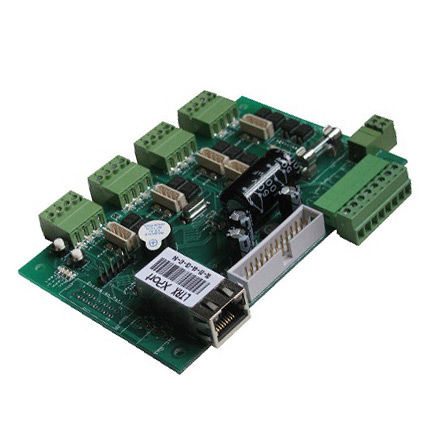

The Benefits and Applications of Low-E2 Glass
In today's world, energy efficiency has become paramount, especially in the context of construction and architecture. One of the pivotal advancements in the field of building materials is Low-E2 glass, a type of insulated glazing that can significantly enhance a building's performance. This article delves into what Low-E2 glass is, its benefits, and its growing applications in modern architecture.
Low-E2 glass, or Low-Emissivity glass, is characterized by a microscopically thin metallic coating. This innovative layer is designed to reduce the amount of infrared and ultraviolet light that enters a structure while allowing visible light to pass through. The '2' in Low-E2 typically refers to the specific type of coating used, which can optimize both thermal control and energy efficiency.
The Benefits and Applications of Low-E2 Glass
Moreover, Low-E2 glass contributes to significant energy savings. According to various studies, buildings utilizing Low-E2 glass can achieve energy savings of up to 20% or more compared to traditional single-pane windows. This not only impacts the operational costs of maintaining a building but also results in reduced environmental impact. With increasing awareness of climate change and sustainability, the installation of energy-efficient materials like Low-E2 glass has become an essential practice for environmentally conscious builders and architects.

Another significant advantage of Low-E2 glass is its ability to enhance indoor comfort. By minimizing glare and maintaining a consistent indoor temperature, occupants can enjoy a more pleasant environment. This is particularly important in commercial settings, where productivity can be greatly influenced by the quality of the indoor atmosphere. Natural daylighting, facilitated by Low-E2 glass, can also improve the mood and well-being of occupants, contributing to a more inviting and productive workspace.
Low-E2 glass is highly versatile and can be used in a variety of applications. It is commonly found in windows, skylights, and curtain walls in both residential and commercial buildings. Architecturally, it allows for expansive glass facades that not only add aesthetic appeal but also achieve performance goals. With striking visual clarity, buildings that incorporate Low-E2 glass can project an image of modernity and innovation, making them stand out in any urban environment.
Furthermore, many governments and organizations have started to prioritize the use of energy-efficient materials in their building codes and regulations. Incentives such as tax credits or grants for using energy-efficient technologies are becoming more common, further promoting the adoption of Low-E2 glass in construction projects. As the demand for sustainable building solutions continues to grow, manufacturers are innovating and improving Low-E2 technology, making it more accessible and affordable.
In conclusion, Low-E2 glass represents a critical advancement in building materials technology, harmonizing aesthetic appeal with energy efficiency. Its benefits range from significant energy savings and improved comfort to enhanced architectural design possibilities. As the construction industry moves towards greener practices, the integration of Low-E2 glass will likely play a crucial role in shaping the future of sustainable architecture. It is an investment not only in the environment but also in the long-term comfort and satisfaction of building occupants. As we move forward, embracing such innovations will be essential in our collective efforts to create a more sustainable and resilient built environment.